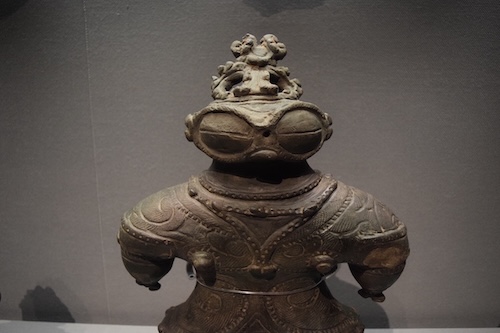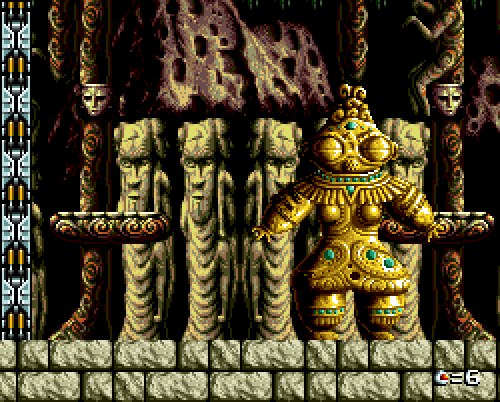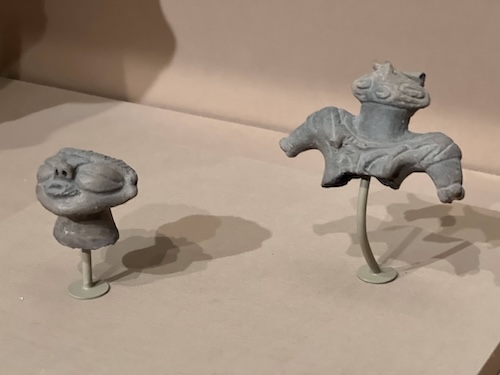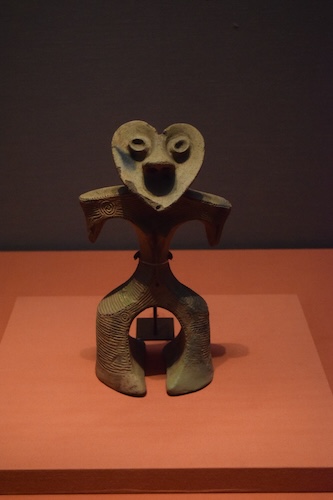Dogū
Dogū are small humanoid figurines made during the later part of the Jōmon period. The purpose of the dogū remains unknown, but scholars believe it might have been used as superstition, for example, it may have been believed that illnesses could be transferred into the dogū, which were then destroyed, clearing the illness [1].

I was personally drawn to this figurine because when I was little one of my favorite games on Mega Drive (Sega Genesis) was Atomic Runner Chelnov. The second boss was a dogū as shown below.




References
- [1] Wikipedia: Dogū